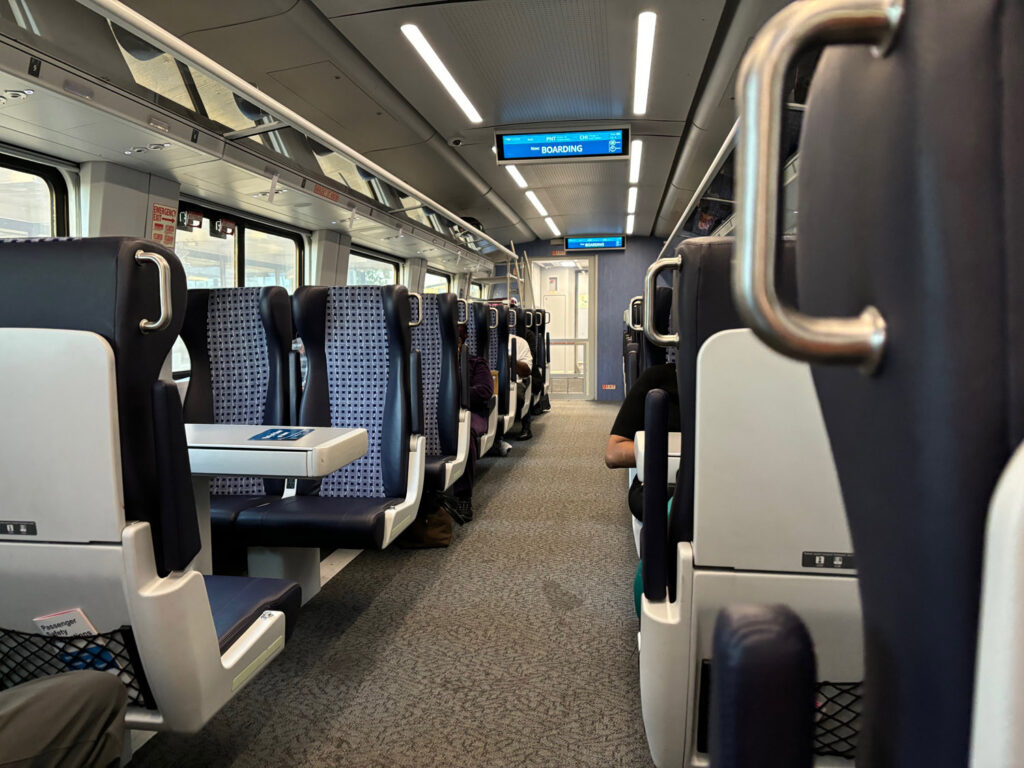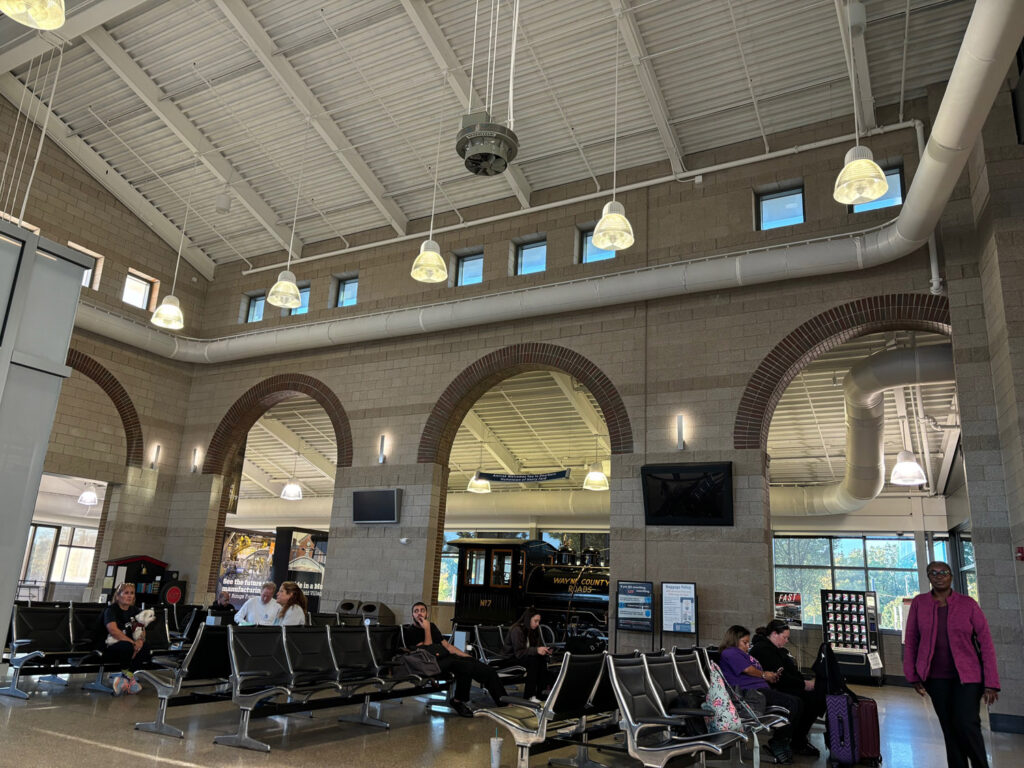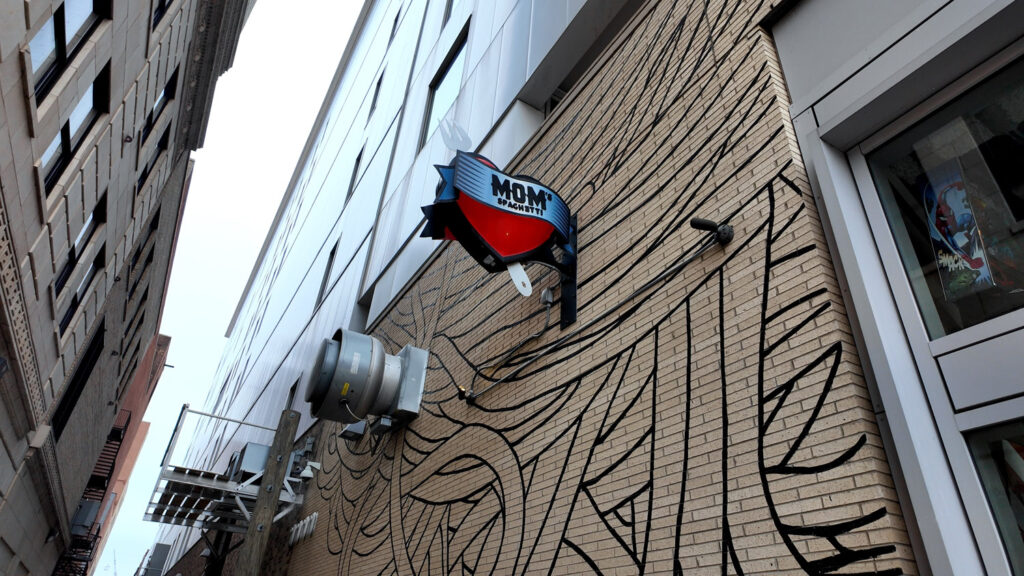Dearborn — I found a seat in the near-empty coach section on a Sunday evening. At age 59, I was taking my first ever ride on Amtrak.
The conductor greeted me over the PA system: “Beverages are on the cart, leave your attitudes in your seat.” He repeated this line twice.
Is this the sort of place where profanity-screaming passengers get forcibly removed?
Apparently not. After a handful of trips, I’ve enjoyed nothing but pleasant commuters and welcoming Amtrak employees. One woman even tossed a Scooby Doo fruit snack at me on my second ride.
The trains are habitually 15 minutes late, but the real issue is the nagging guilt I feel knowing that American taxpayers are paying for part of my ride to and from Dearborn to Jackson.

Why do I ride Amtrak now? Because it’s so cheap.
The Jackson-to-Dearborn trip costs me $10 most times, $23 at worst. I take coach every time. I don’t buy food and beverages, and the seats are a bit roomier than an airplane’s. The trip takes about 1 hour, 10 minutes, the same as driving in a car. And Amtrak does it cheaper if you count the mileage I put on my vehicle.
If I took a Greyhound bus, a trip from Jackson to Detroit (the closest Greyhound station to Dearborn) would cost me $26.49. And that would take almost twice as long.
How does Amtrak do it?
It has a very friendly benefactor in Uncle Sam. Amtrak received a total of $14.8 billion from the federal government during the pandemic era, from 2020-2024. To give that number some context, the state of Michigan budgeted $20.6 billion this year for K-12 school funding.
“Subsidies to Amtrak are many times greater than subsidies to buses or planes,” said Randal O’Toole, a longtime transit analyst now with the Thoreau Institute, a limited-government environmental nonprofit. “This enables Amtrak to charge low fares in many places.”
While private competitors like Greyhound Lines worry about turning a profit, Amtrak has been losing money for decades. In fact, it’s never turned a profit since it was created in 1971.
And it’s been losing money recently at record levels.
In 2023, Amtrak had $3.6 billion in total revenue and $5.4 billion in total expenses. That’s a $1.8 billion loss in 2023. And that’s not an outlier.
Amtrak posted a $1.8 billion loss in 2022, and then handed out an additional $333 million in salaries and wages and benefits the next year. Private companies can’t operate like that and stay in business.
This year, the financial outlook is worse. As of August 2024, Amtrak had already posted $1.7 billion in losses.
Despite the financial bleeding, Amtrak has been expanding in Michigan, with more routes coming. There is even a proposal to extend service to Windsor, Ontario.
The Wolverine Amtrak route I take goes from Detroit to Chicago, with stops at many smaller Michigan cities on the way. That route had about 486,190 riders in 2019, the year before the pandemic hit. Ridership plummeted to 244,500 in 2020, a drop of almost 50% due to the pandemic. Since then, it has steadily climbed back to roughly 367,254 in 2022 and 420,569 in 2023. Just about all transit agencies are still lagging behind pre-pandemic ridership.
The coach price of my trip can get as high as $31 for more desirable times, like early afternoon, and the business-class price is $54 for that same trip. For those prices, I might as well drive.
O’Toole calculates that passenger fares for Amtrak averaged 39 cents for every passenger mile in 2023 and that airline passenger fares averaged 20 cents for every passenger mile that same year.
I’ll continue taking Amtrak as long as the tickets don’t get more than $23.
“Should you feel guilty about taking advantage of that subsidy?” O’Toole asked. “I wouldn’t, but I also like to say that I don’t think other people should be forced to subsidize my hobbies.”
O’Toole said he last rode Amtrak in 2017, when he traveled about 11,000 miles on their trains.

He said he stopped taking Amtrak because “it doesn’t go where I want to go, and even when it does, I find the seats uncomfortable and the food mediocre.”
I would never have dreamed of eating Amtrak food, although in my first three trips, I have seen patrons doing it. I guess it’s the same reason I don’t eat hot dogs from Speedway.
The environmental benefits for me of taking Amtrak are negligible. For 40 years, I’ve driven the most eco-friendly cars on the market, from the now-defunct Chevy Sprint to the Honda Civic I’ve driven the past 15 years. I’d match my carbon footprint against the biggest of environmentalists.
But I haven’t been able to shake the nagging guilt that taxpayers are helping to pay my way.
It reminds me of a financial awakening I had as a teenager working at my father’s pharmacy. In grade school, I worked the cash register at the pharmacy, and one of the perks of the being the son of the boss was that I got to take whatever I wanted at no cost. I took home comics, sports magazines, baseball cards, candy, soda pop, notebooks, those cool, fat Bic four-color pens, and I was the first third-grader with fluorescent crayons. My last year working at the pharmacy at age 16, I realized that everything I consumed came out of my dad’s pocket.
In the end, I’ll get over the guilt, as long as the Amtrak ticket prices remain so low. $10 is $10.
So, taxpayers, thanks for picking up the tab. Maybe I’ll even try the food.
Tom Gantert is a contributing writer for Michigan Enjoyer.



